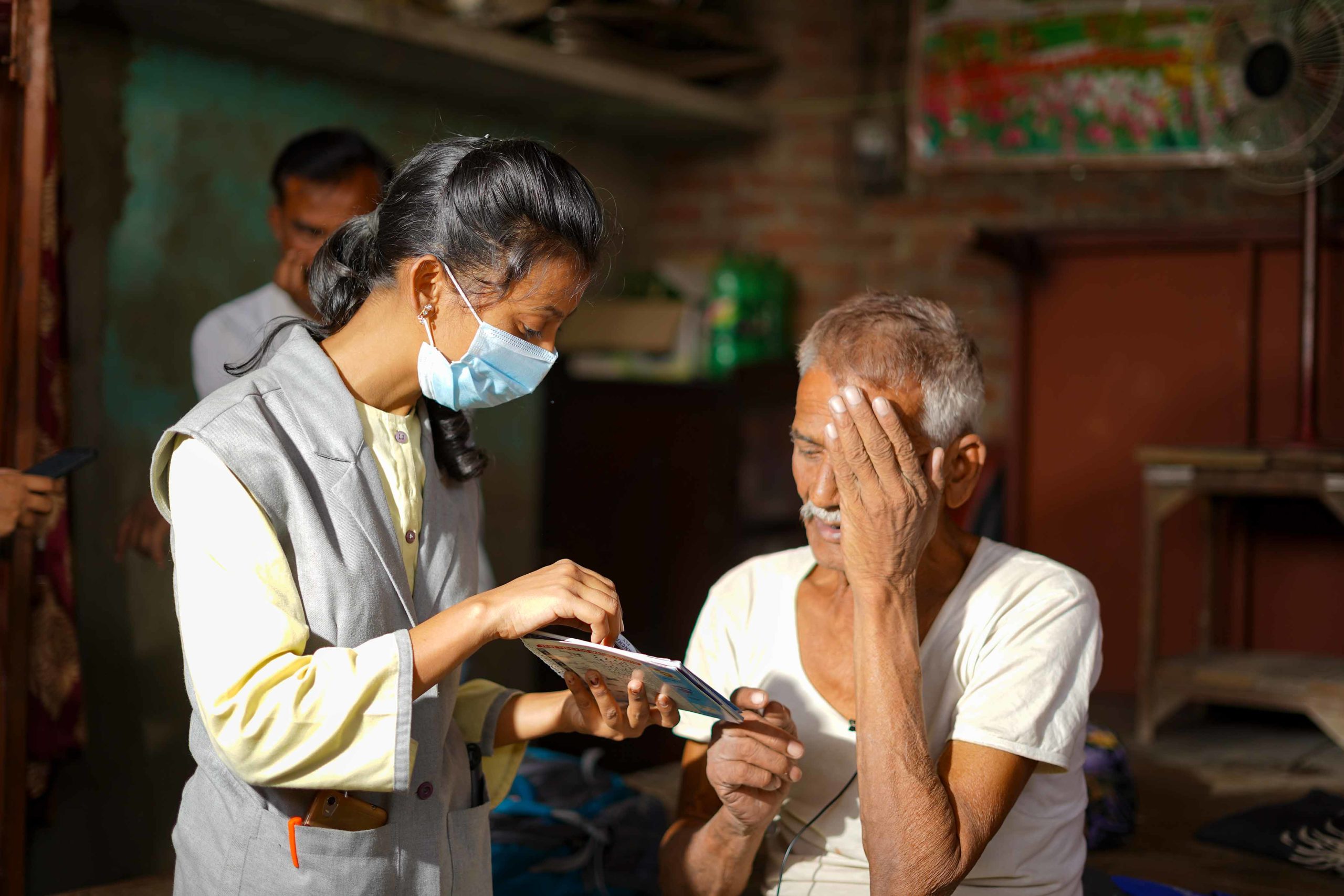Low vision care for patients with glaucoma: there is more you can do!

Related content
Some patients with glaucoma will experience permanent vision loss. The correct low vision advice and support will enable them to carry out their daily activities with greater ease and comfort.
People with glaucoma have specific vision-related problems that will affect their daily activities in various ways (Table 1).1 Learning about patients’ needs and challenges is the first step in offering them useful advice on suitable interventions.
First ask questions (and observe) what your clients need and what they now find difficult when performing their daily activities. Use different tests (clinical and functional) to assess distance and near visual acuity, visual field, contrast sensitivity, and light sensitivity. The CEHJ article ‘When someone has low vision’ lists useful methods.2 Check what support there is at home, at work, at school and in the community. This will help you to advise them on training and interventions. For example, if someone needs to be guided at night when walking to the local shop, it would be helpful to train the client and a family member or friend in a safe way of guiding.3 Remember to correct presbyopia in older patients before starting other interventions.

What interventions can help?
Here are some ideas you can suggest to your client.
• Sunglasses can help to reduce the effects of glare and improve contrast. Try a few different coloured lenses to find the ones that work best.
• Improve lighting. Consider quantity, type, and direction. E.g., try a reading lamp with a flexible arm in a position that avoids creating glare.
• Ensure enough ambient lighting in dimly lit rooms and prevent large differences in lighting levels.
• Reduce glare by closing curtains or changing position so that you have less excess light.
• Add contrasting strips to steps. Line the borders of the garden with bricks painted white.
• Remove clutter and dispose of little-used items in
your kitchen.
• Always carry a torch with you.
• Move closer to the TV.
• Use felt-tipped pens, which are bolder and easier to see.
• Enlarge the labels on your medication or colour code them.
Provide (or advise the client to undergo) compensatory visual field training to enable people with visual field defects to improve navigation and avoid obstacles. For example: “Pause regularly when walking and move your head slowly up and down, then from left to right, to scan the area in front of you. For example, if you scan the area before crossing the street, you may notice a car parked on the street corner which you did not see when looking straight ahead. Then you can avoid bumping into it.”
Refer the client to appropriate peer support groups and to counselling services; these can be of real benefit to them.
Other interventions that some (but not all) people need:
• Orientation and mobility training to learn to walk using a white cane, for people who have lost all their vision or have very low visual acuity.
• Magnifiers, after refraction, correction of presbyopia and prescription of glasses has been done. These can include optical magnifiers (often only low to medium magnification is possible due to the limited visual field) and smartphone apps that magnify.4 A handheld video magnifier can offer a significantly larger field of view at a given level of magnification and contrast can be enhanced.
• Text-to-speech software, e.g., the free application ‘Non-visual Desktop Access’ (NVDA).5
• Reverse telescopes: objects look smaller so that more information fits into a small field of vision (only people with a good distance acuity will benefit).
References
1. Hu CX, Zangalli C, Hsieh M, Gupta L, Williams AL, et al. What Do Patients With Glaucoma See? Visual Symptoms Reported by Patients With Glaucoma. Am J Med Sci 2014;348(5):403-409.
2. Community Eye Health Journal issue 77, volume 25, 2012: Low vision: we can all do more. www.cehjournal.org/low-vision-we-can-all-do-more/
3. RNIB. Advice on guiding a blind or partially sighted person. www.rnib.org.uk/advice/guiding-blind-or-partially-sighted-person
4 https://www.aao.org/eye-health/tips-prevention/low-vision-impairment-apps-tech-assistive-devices
5. Screen reader reviews are available on these websites: www.everydaysight.com/best-screen-readers-for-blind/ and https://usabilitygeek.com/10-free-screen-reader-blind-visually-impaired-users/
